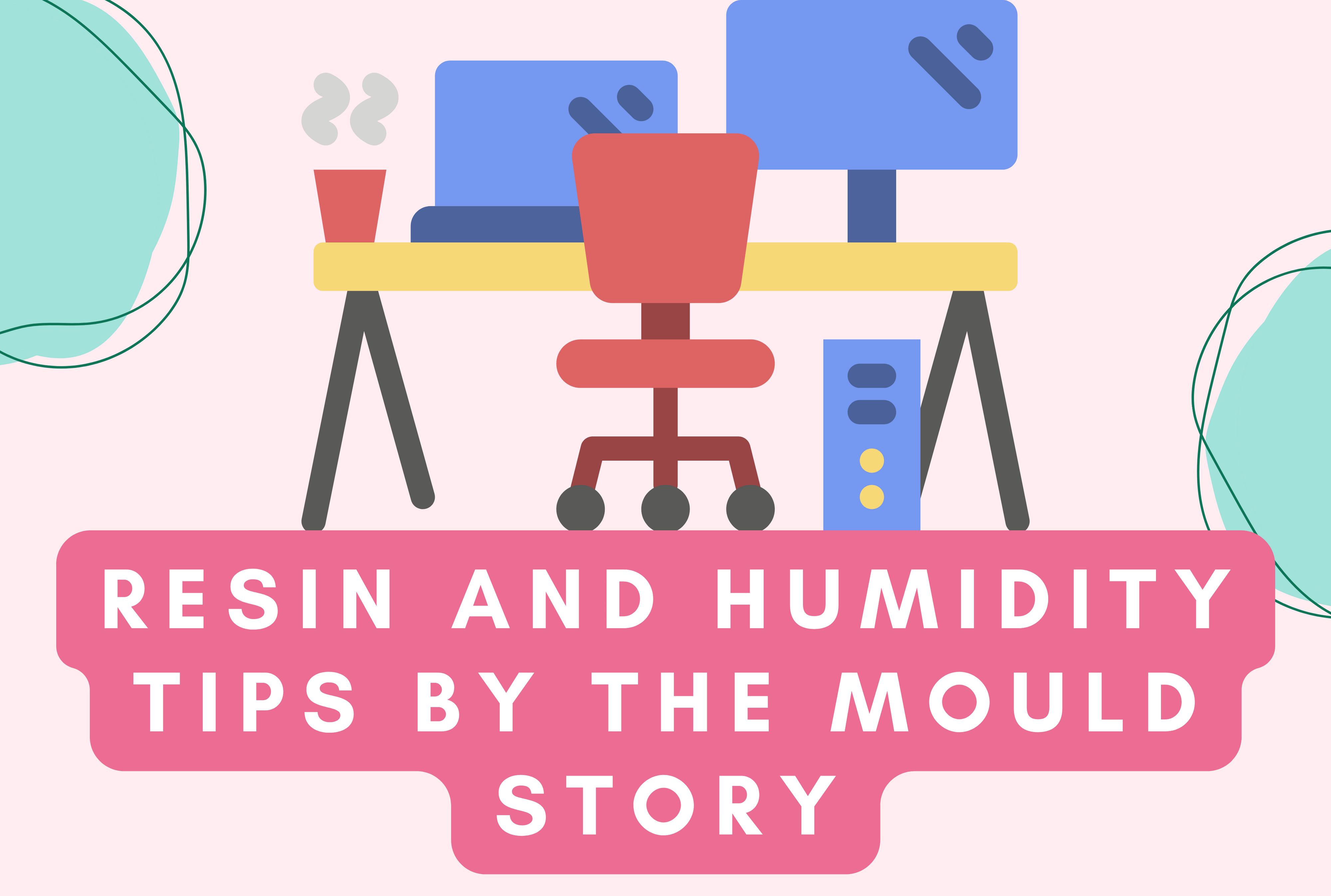
Guys here is the correct analysis of the graph and what it indicates for resin artists.
The graph suggests curing characteristics for the same resin, at 3 different casting temperatures. It shows the behaviour of the degree of cure over time. We all know that as resin starts to cure, it goes from a liquid state to a gel, to a tacky solid, then a bendable solid, and then a rigid solid. This is not marked on the graph, but you can assume it is at different points in the cure cycle.
Now lets talk about the red line first. This line is the lowest temperature, and therefore you can see the resin go from 0 to reaching almost 80% of its cure within 150 minutes. Assume those little squares are the different states of the resin - Gel time, Tack Free Time, Bendable Time, Touch Dry Time and Rigid Time. The resin will go through these stages slower, and because it is going through these stages slower, there is more time for more even and uniform curing. The first stage seems to take about 15 minutes, the second stage about 30 minutes, and the third stage about 65 minutes.
Now lets alk about the pink line. The temperature of the resin while casting was 20 degrees higher. This meant that the three stages were much quicker, with the third stage reaching in only 25 minutes.
And the blue line, with 40 degrees higher initial temperature, reached the third stage in only 10 minutes!
Now can you see that when you are heating your resin up in a water bath, it's really important to know the temperature of it?
And also, if a resin is moving through the stages of curing, as it is going from liquid to solid obviously the viscosity is reducing minute by minute. This means that there is something called a 'Working time' or time where you can comfortably put things like flowers, glitter, do petri etc.
What happens are the 'working time' starts to get over? The resin will not accept easily things like flowers etc, and it will become harder to work with. The resin will also not flow easily as the viscosity has increased. It will start to generate more heat as the curing accelerates, and by the time the working time is over you should have finished everything you want to do in that particular layer.
Can you finish everything if you had a resin that cured like the Blue Resin? This means you had to finish everything within 3 minutes only! Because the working time is the difference between the first mixing time and the gel time.
Which also brings up another point, you need more time to mix! If you don't have enough time to mix, you will not be able to release bubbles, you will get low flow, and your resin will over heat in the mixing container further making the cure faster.
What are some of the problems you will get with resin curing too fast?
- Uneven cure resulting in waviness
- Poor tensile strength, which could make the product crack easily
- Surface imperfections
- Faster mould degradation
So now that you have an idea of what a resin cure graph looks like, I suggest everyone have the following tools:
- Humidity meter to check humidity conditions that can affect cure and finish
- Temperature probe (meat thermometer) that you can put in your mixing container to check temp of resin
And hopefully now it's easier to understand the difference between 2:1 resin and 3:1 resin as well.




Leave a comment
All comments are moderated before being published.
This site is protected by hCaptcha and the hCaptcha Privacy Policy and Terms of Service apply.